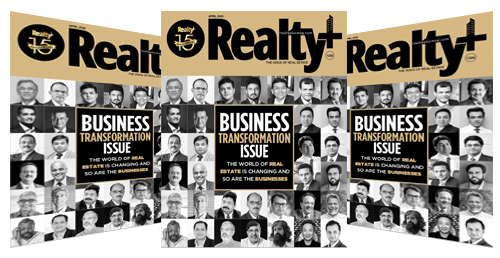Manchester United has revealed plans for a new 100,000-seat stadium, shifting away from the earlier idea of renovating Old Trafford. The new stadium will be built close to the existing ground, and its design draws inspiration from the club's iconic trident symbol. The roof will feature three massive masts, each standing 200 meters tall, visible from up to 40 kilometres away. Surrounding the stadium will be an expansive public square, twice the size of Trafalgar Square, offering plenty of space for fans and visitors.
The project is seen as a significant step forward for both the club and the local community. The new stadium will not only enhance the fan experience but also bring substantial economic benefits. The development is projected to contribute £7.3 billion to the local economy, create 92,000 jobs, and pave the way for 17,000 new homes. The stadium will also attract an additional 1.8 million visitors each year.
The stadium's design strongly emphasises sustainability, with an innovative umbrella-like structure on the exterior that will harvest solar energy, collect rainwater, and provide shade. This focus on eco-friendly principles aims to make the stadium one of the most advanced in the world.
The total cost of the stadium is expected to exceed £2 billion, and while funding details remain uncertain, the club is exploring options such as selling naming rights to help finance the project. This could generate substantial revenue, with estimates suggesting £15 million to £30 million annually from a naming rights deal.
The announcement has sparked mixed reactions from supporters. While many are excited about the potential benefits, there are concerns over rising ticket prices and the broader financial impact on the club. Additionally, Old Trafford, which has been United's home since 1910, is set to be demolished once the new stadium is completed. However, the club will continue to play at Old Trafford until the new venue is ready. Manchester United plans to complete construction within five years, using prefabrication methods to reduce build time. Additionally, the club will take advantage of Manchester's ideal location, transporting parts of the stadium via the Manchester Ship Canal.












